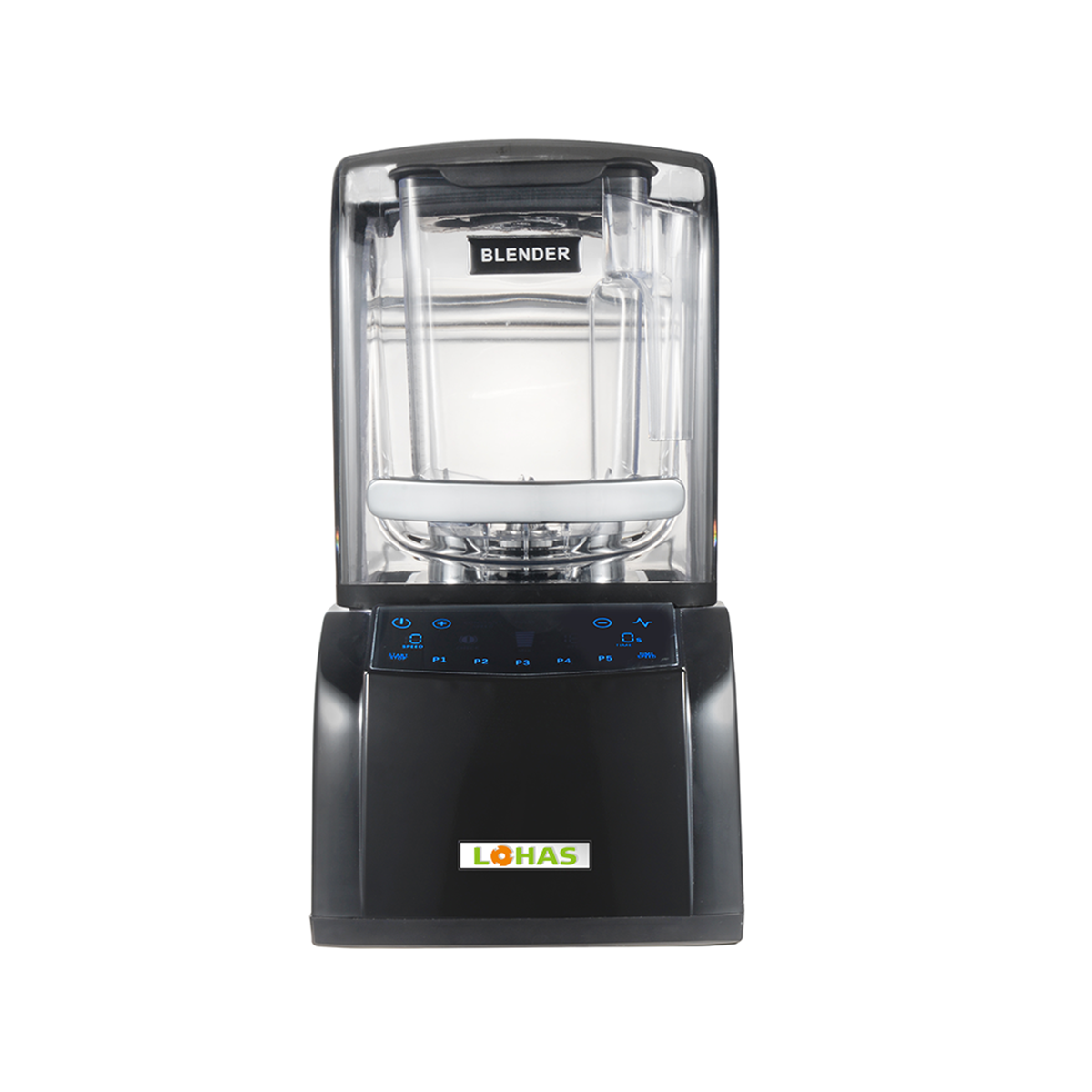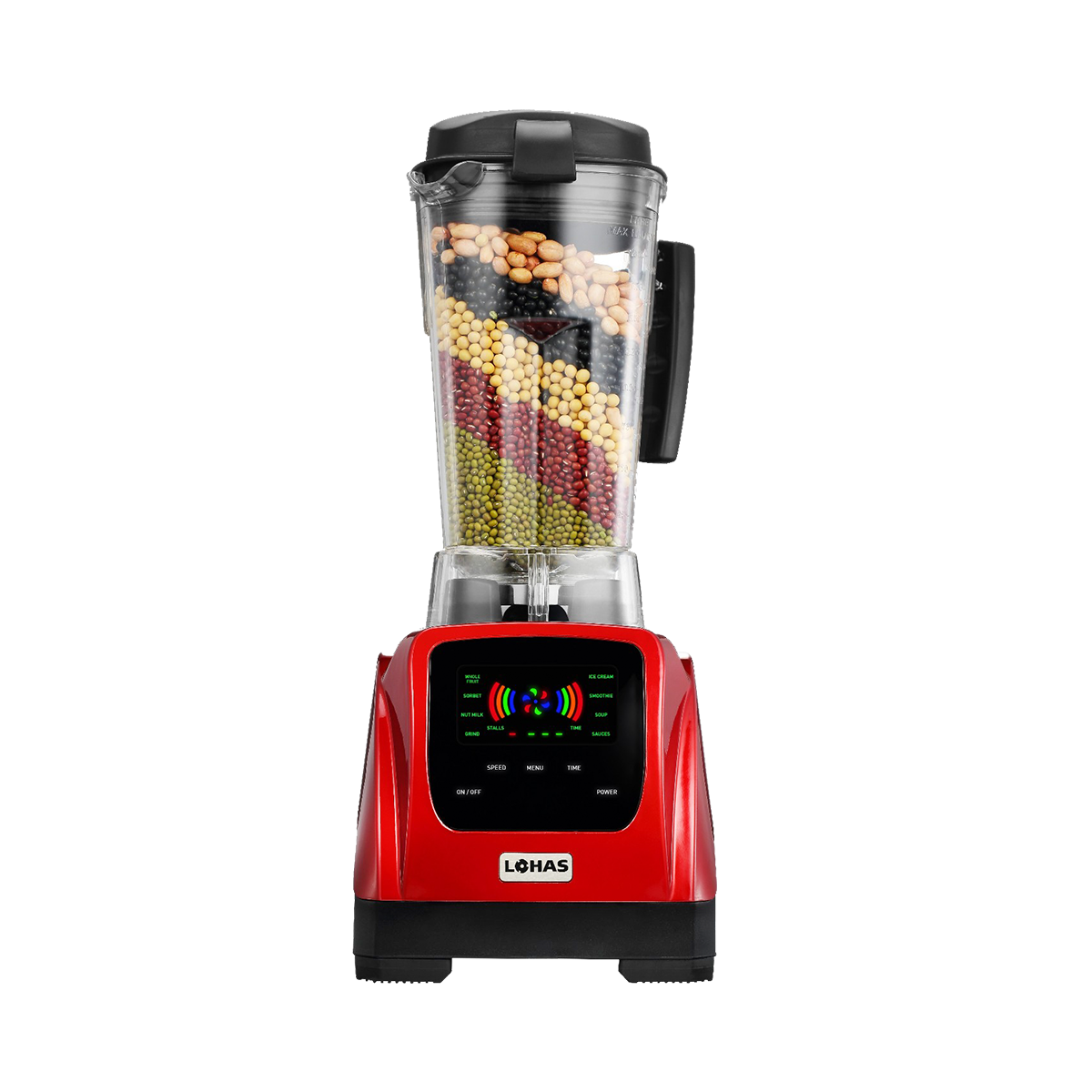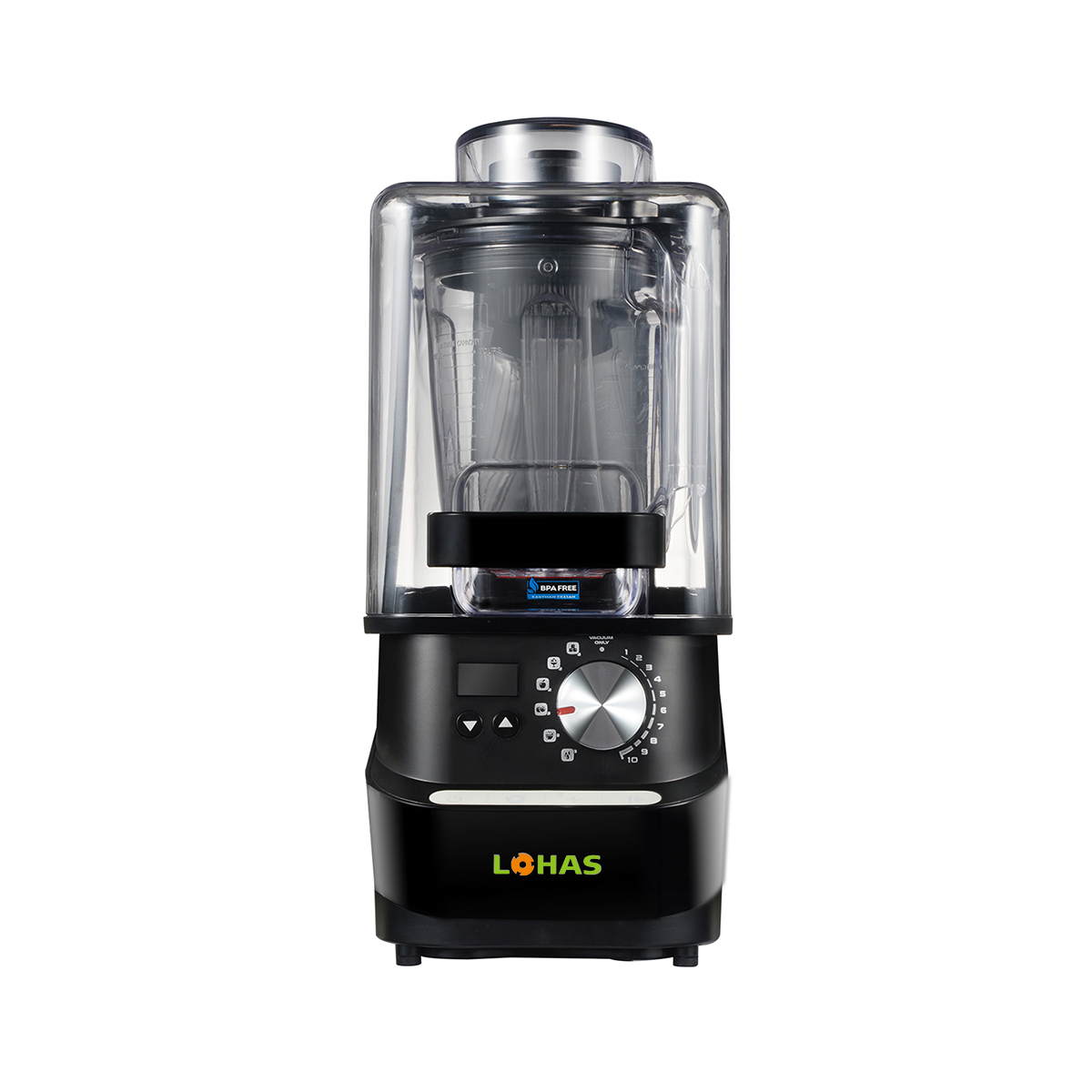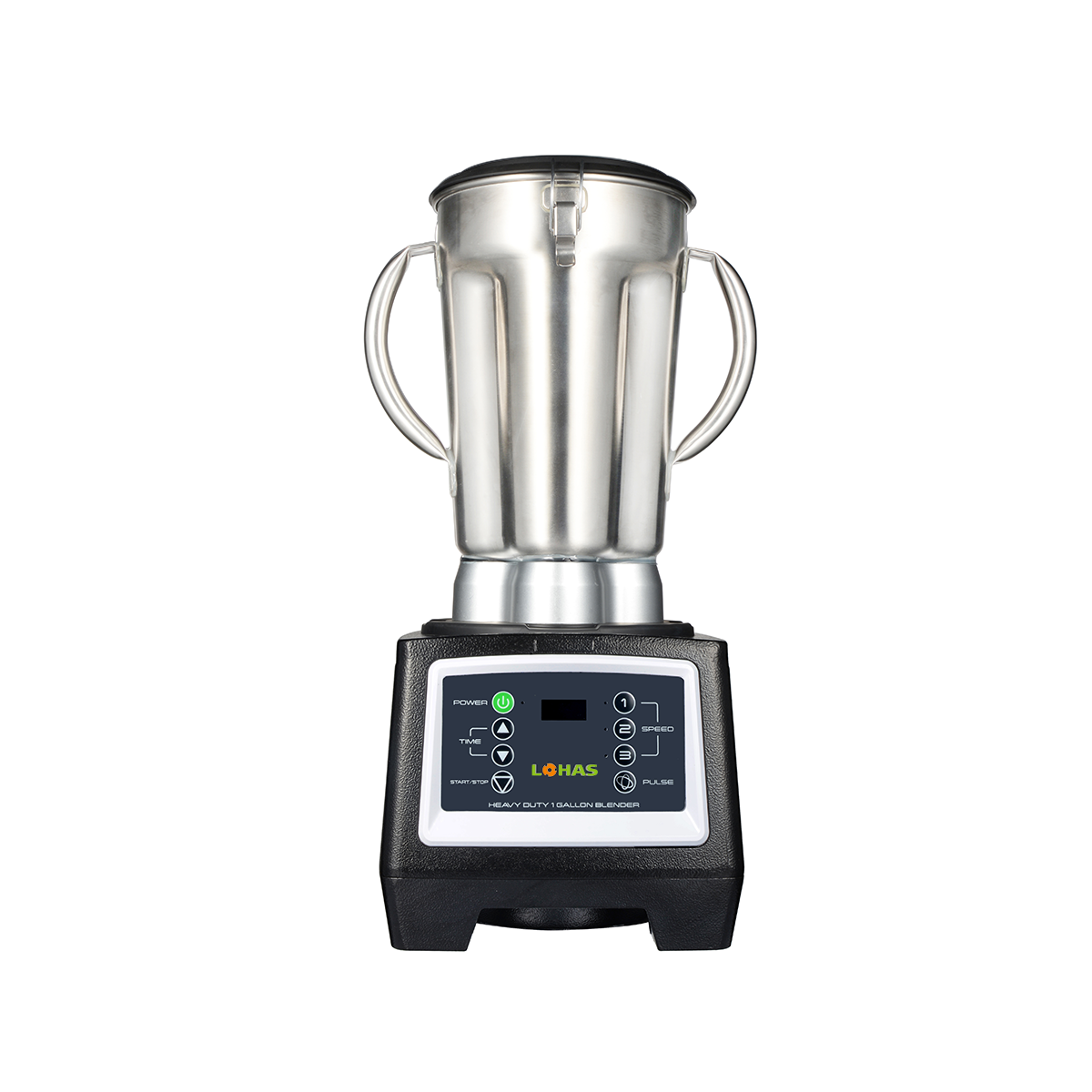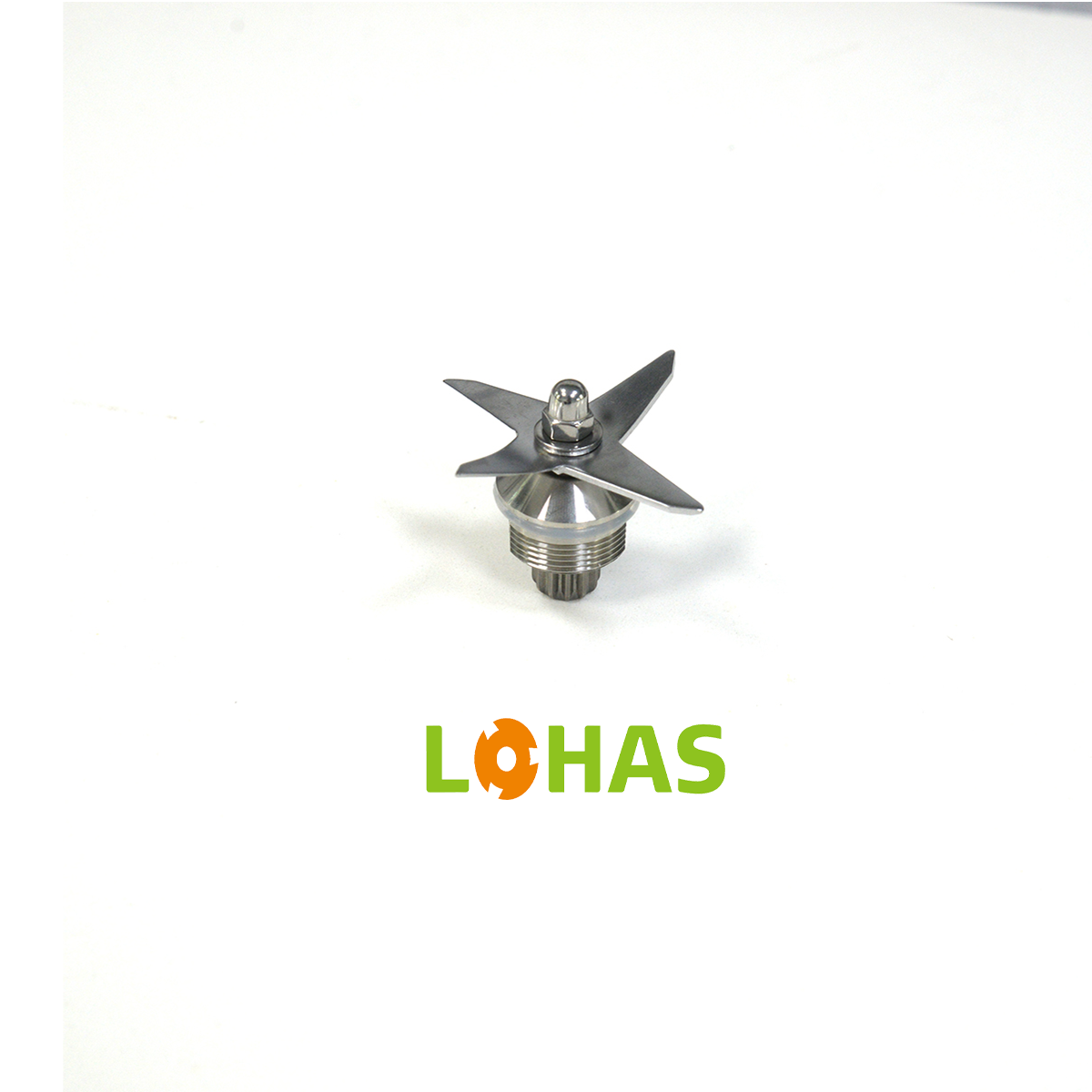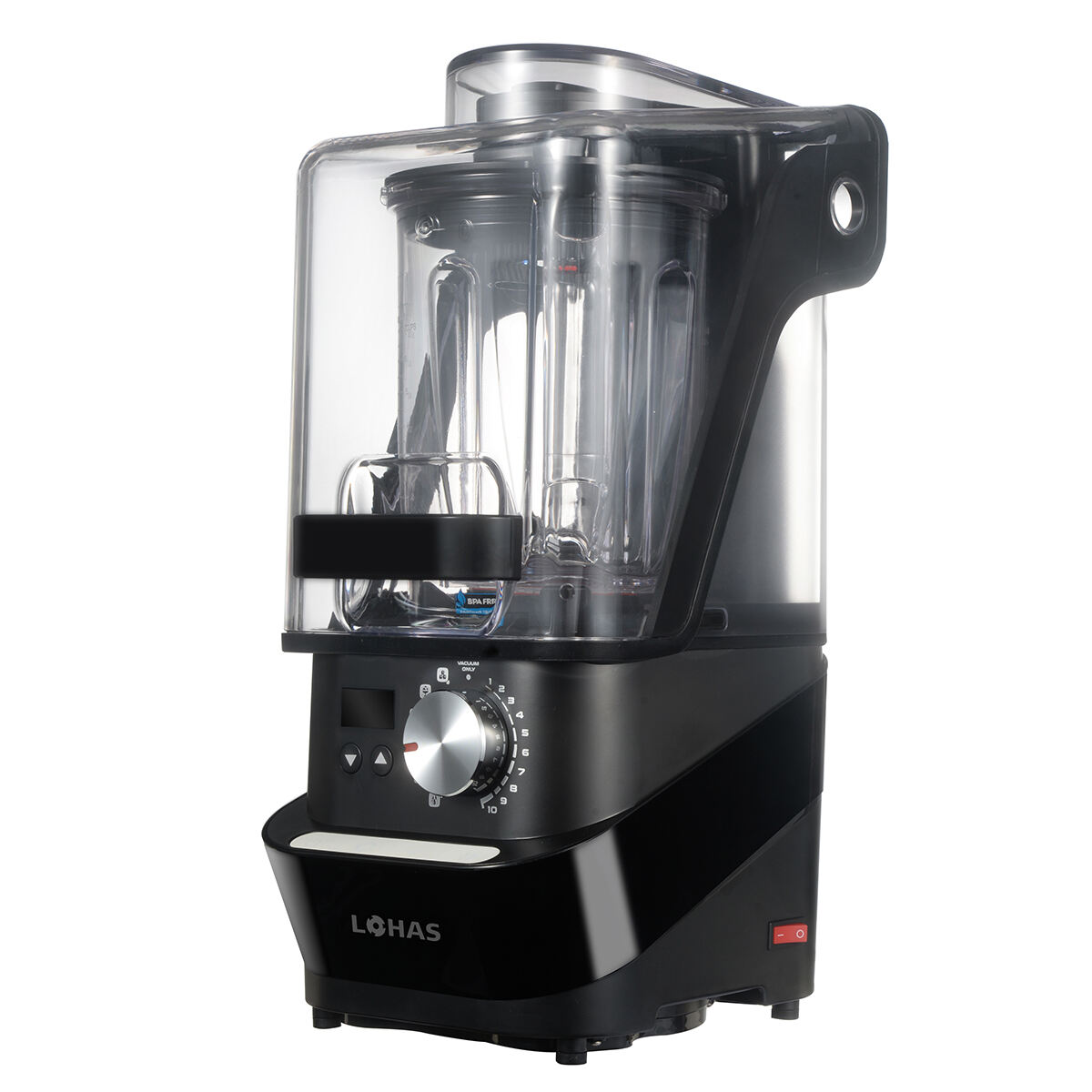Embracing Sustainable Kitchen Tools for Modern Wellness
The growing interest in sustainable, mindful living has sparked a remarkable return to traditional kitchen tools, with manual blenders leading this movement. These simple yet effective devices are revolutionizing how health-conscious individuals approach food preparation. Manual blenders represent more than just a way to prepare food – they embody a commitment to intentional living and wellness, offering a thoughtful alternative to electric appliances.
While electric blenders have dominated kitchens for decades, manual blenders are experiencing a renaissance among health enthusiasts, minimalists, and environmentally conscious consumers. Their straightforward design and versatile functionality make them invaluable tools for anyone pursuing a healthier lifestyle without relying on electronic devices.
Core Advantages of Manual Blending Technology
Superior Control and Texture Management
Manual blenders provide unparalleled control over food consistency and texture. Unlike their electric counterparts, which often pulverize ingredients indiscriminately, manual blenders allow users to adjust their force and speed with precision. This level of control is particularly valuable when preparing foods that require specific textures, such as chunky salsas, smooth purees, or perfectly crushed herbs.
The ability to feel the resistance of ingredients and adjust blending pressure accordingly helps prevent over-processing, ensuring optimal texture and preservation of natural flavors. This tactile feedback is especially important when preparing baby food, where consistency is crucial for safety and developmental appropriateness.
Nutrient Preservation and Food Quality
Manual blenders excel at maintaining the nutritional integrity of ingredients. The gentle, controlled processing method helps prevent oxidation and heat exposure that can degrade vitamins and minerals. This preservation of nutrients is particularly important when preparing raw foods, green smoothies, and health-focused recipes where maintaining maximum nutritional value is essential.
The absence of high-speed mechanical processing also means less air incorporation into foods, resulting in better texture and longer-lasting freshness. This benefit is especially noticeable in preparations like homemade nut butters and pestos, where oxidation can affect both taste and nutritional quality.
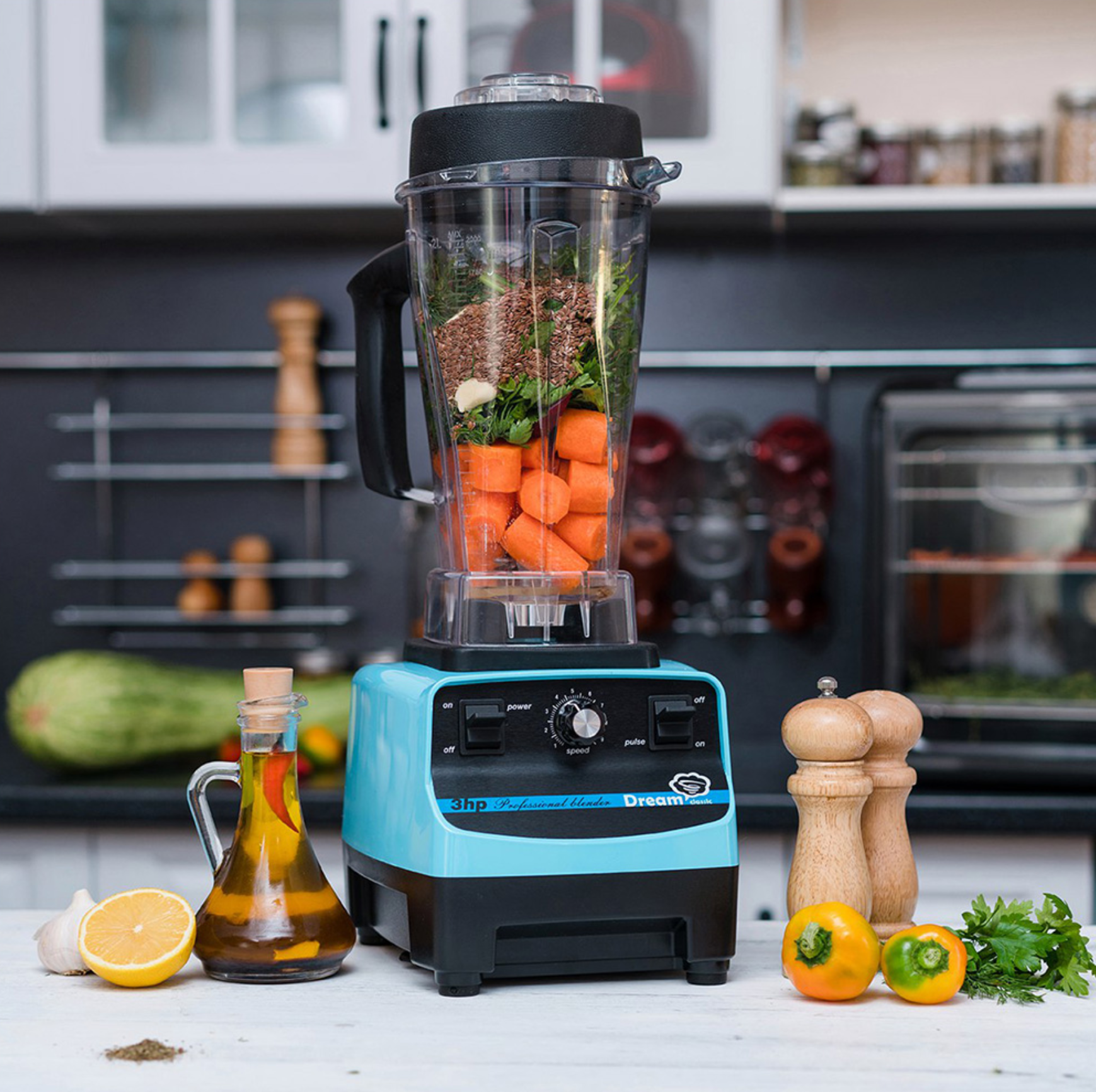
Environmental and Health Consciousness
Sustainable Kitchen Practices
Manual blenders represent a significant step toward sustainable kitchen practices. Their electricity-free operation reduces energy consumption and carbon footprint, making them an excellent choice for environmentally conscious individuals. The durability and simplicity of manual blenders often result in longer lifespans compared to electric alternatives, further reducing waste and environmental impact.
These tools also promote mindful food preparation, encouraging users to be more present and engaged in their cooking process. This mindfulness often extends to more thoughtful ingredient selection and portion control, supporting overall healthy eating habits.
Noise Reduction and Stress-Free Cooking
The quiet operation of manual blenders contributes to a more peaceful kitchen environment. Unlike electric blenders that can produce jarring noise levels, manual blenders allow for serene food preparation at any time of day. This aspect is particularly valuable for early morning smoothie preparation or late-night cooking without disturbing household members or neighbors.
The reduced noise level also makes cooking more enjoyable and less stressful, promoting a more positive relationship with food preparation. This calmer environment can contribute to better mental well-being and more mindful eating practices.
Versatility in Healthy Food Preparation
Diverse Recipe Applications
Manual blenders demonstrate remarkable versatility in healthy food preparation. From creating smooth vegetable purees and protein-rich dips to preparing homemade baby food and wellness shots, these tools handle a wide range of healthy recipes. Their adaptability makes them essential for various dietary preferences, including raw food, vegan, and whole food diets.
The precision control offered by manual blenders is particularly valuable when preparing specialty items like herb-infused oils, natural skincare ingredients, or therapeutic food combinations. This versatility supports a holistic approach to health and wellness through food preparation.
Portion Control and Fresh Preparation
Manual blenders naturally encourage appropriate portion sizes and fresh preparation. Their design typically accommodates single or small-batch processing, making them ideal for preparing individual servings or small family portions. This feature helps prevent food waste and promotes the consumption of freshly prepared foods rather than large batches that may lose nutritional value over time.
The immediate processing of ingredients also ensures maximum freshness and nutrient retention, supporting better dietary habits and more efficient meal planning. This approach aligns perfectly with modern health-conscious lifestyles that prioritize fresh, minimally processed foods.
Frequently Asked Questions
How long does it take to blend ingredients with a manual blender compared to an electric one?
While manual blenders may require slightly more time and effort than electric models, the process typically takes only a few additional minutes. The extra time investment is often offset by better control over the final texture and improved nutrient preservation. Most users find that the mindful approach to food preparation becomes an enjoyable part of their cooking routine.
Are manual blenders suitable for preparing all types of ingredients?
Manual blenders excel at processing most soft to medium-firm ingredients, including fruits, vegetables, herbs, and cooked foods. While they may require more effort with harder ingredients like ice or frozen fruits, they can still effectively process these items with proper technique and patience. For extremely hard ingredients, pre-soaking or partial thawing may be helpful.
What maintenance do manual blenders require?
Manual blenders typically require minimal maintenance due to their simple construction. Regular cleaning after each use, occasional blade sharpening, and proper storage are usually sufficient to maintain optimal performance. Their durable design and lack of electrical components mean fewer potential issues and a longer lifespan compared to electric blenders.

